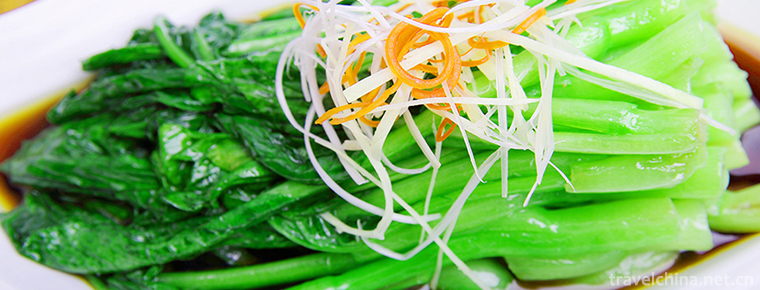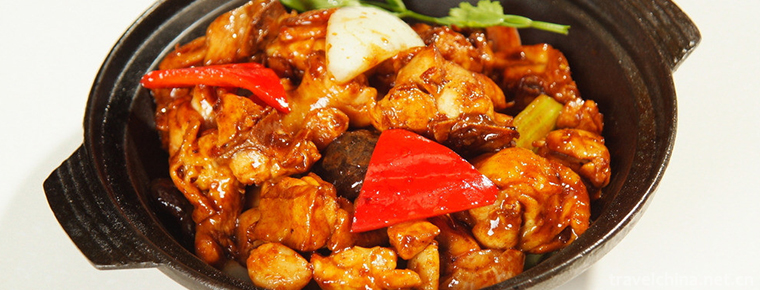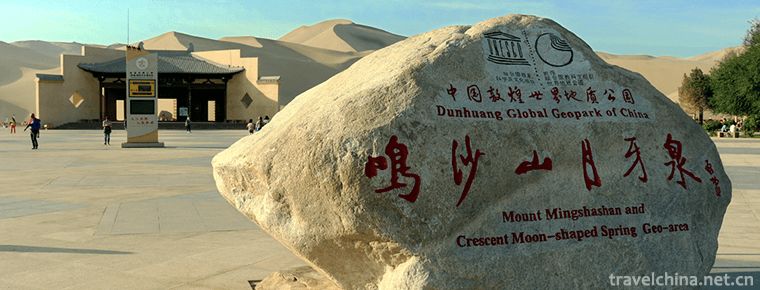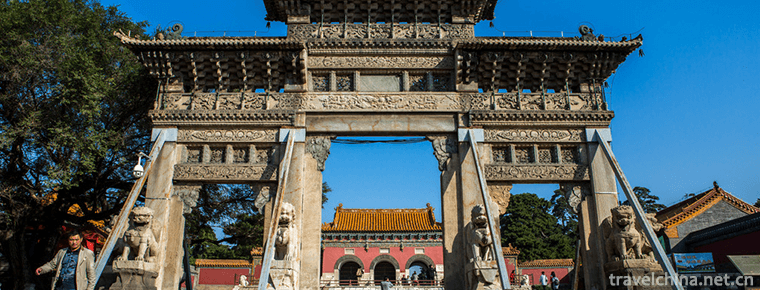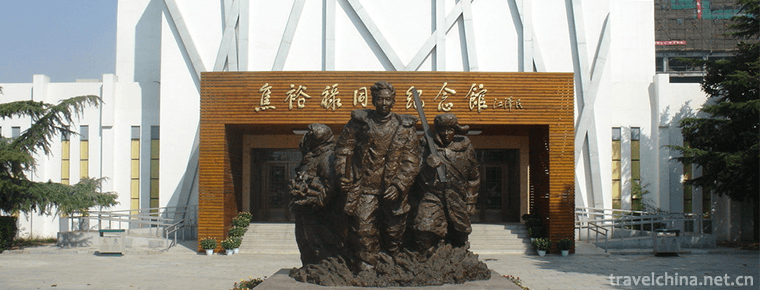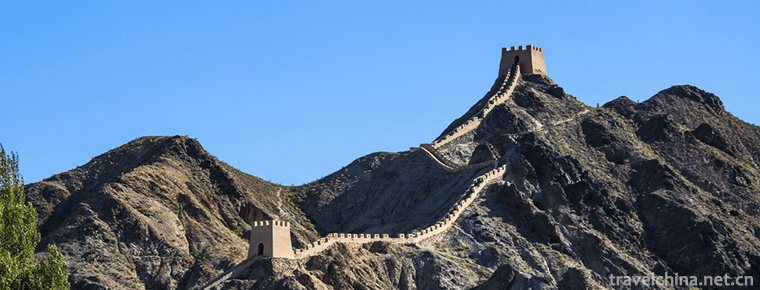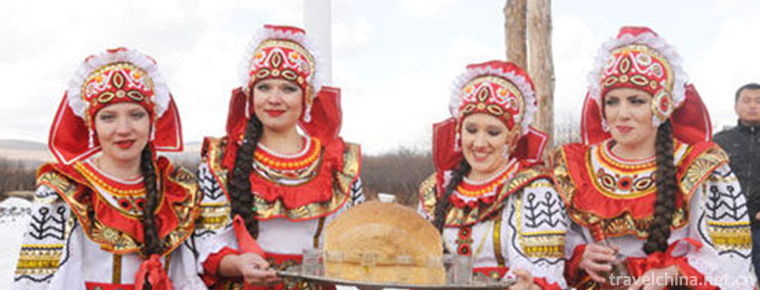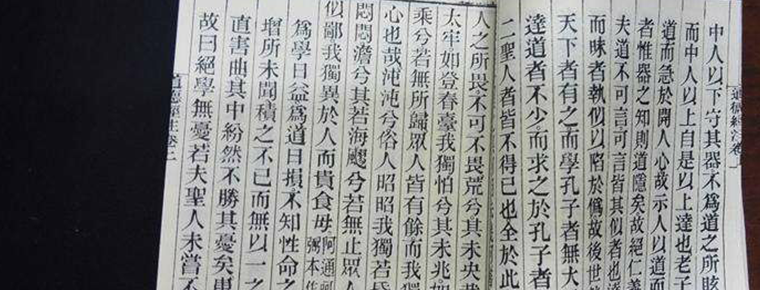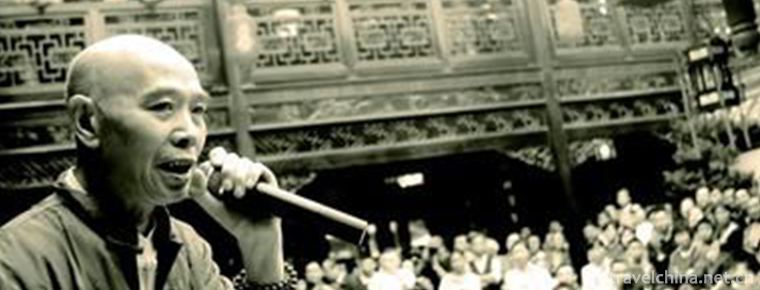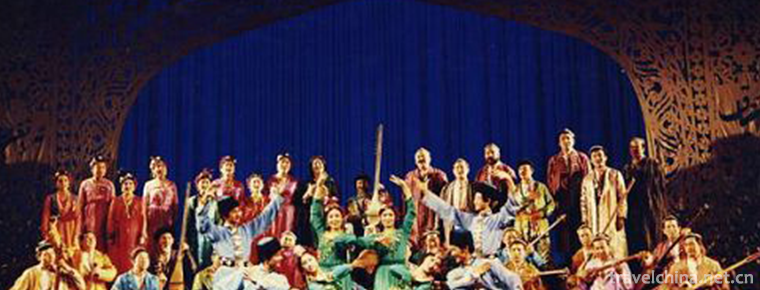Modern cheongsam
Modern cheongsam
At the beginning of the 20th century, it was popular to wear a short jacket with trumpet shaped wide sleeves inside, and a long waistcoat without sleeves with the front and back of the coat reaching the ground. Since then, cheongsam has made some changes in the edge, sleeve, lapel, collar and so on, adding decoration and complicated changes. However, it still keeps the straight and broad style of the old style Qipao vest and adopts the traditional straight cutting method, which can not show the graceful figure of women. In the late 1920s and 1930s, cheongsam had repeated changes in length, width, slit height, sleeve length, sleeve length, collar height, etc. In 1929, due to the influence of European and American short skirts, the original length of cheongsam began to shorten, the hem was shrunk to the knee, and the cuff became shorter and smaller. Later, there were school uniform style cheongsam, the hem was shrunk to 1 inch above the knee, and the sleeves were western style. This change was criticized. After 1931, cheongsam began to grow longer and the hem drooped. In the mid-1930s, it developed to the extreme. The bottom of the robe covered the feet. It was called "sweeping cheongsam". The cheongsam sleeves, which originally covered the wrists, were shortened to the elbows. Later, the sleeve length became shorter and shorter, shrunk to two inches below the shoulder, almost no sleeve after 1936.
In Qing Dynasty, Qipao did not have slits. After the appearance of Qipao, Qipao also opened low slit on the left when shortening the sleeves. Later, the slit opened higher and higher, and gradually reached the knee to the thigh. Due to the opposition, the underpants were once below the knee. However, as soon as the pressure of public opinion decreased, Qipao with big slits became popular after 1933.
The traditional cheongsam is a straight line with a high hard collar. In the early 1930s, the waistline began to shrink gradually, and after 1934, the curves of women's figure were finally revealed. The high-rise and ear collar also gradually became shorter, and later some became collarless cheongsam.
At the beginning of the founding of the people's Republic of China, people's pursuit of the beauty of their clothes had been transformed into a complete passion for their work. The leisurely and comfortable lady image represented by cheongsam has lost its living space in this kind of atmosphere
The 1950s - there was a brilliant moment
In the era when the people are the masters of the country, if clothing is also popular, the dominant trend of fashion has turned to the common people. In 1956, it was said that a leader of the former Soviet Union proposed that the clothing of Chinese people should reflect the new look of socialist prosperity. Therefore, the government called on "everyone to wear flowery clothes".
At this time, the appearance of Qipao added a healthy and natural temperament. Not demon, not beautiful, not delicate, not sick, in line with the standard of "beautiful and generous" at that time, and more practical.
6、 The 1970s -- the neglected 20 years
The "Cultural Revolution" from 1966 to 1976 was not only a catastrophe of traditional culture, but also a disaster of cheongsam. On the eve of the cultural revolution, Wang Guangmei accompanied Liu Shaoqi to four countries and wore cheongsam. Later, she was criticized by red guards as a crime during the cultural revolution.
8、 1990s - gradual recovery
In order to best reflect the perfect figure of cheongsam, there is room for survival and development. It is said that the popular cheongsam will come back to the people again. But unexpectedly, cheongsam is not popular again, but only a few people are wearing it
The heyday of cheongsam is far away. It has been neglected for 30 years. It seems to be out of date in the territory since it was opened up in the 1980s.
Since the 1990s
The ideal image of women in the new era has changed. Tall and slender, flat shoulders and narrow hips of the body for people to yearn for. As the representative of Chinese fashion which can best set off the figure and temperament of Chinese women, cheongsam once again attracted people's attention. With the re emphasis on traditional culture, cheongsam has also been regarded as one of the symbols of the Chinese nation. Not only the wives of leaders and female diplomatic officials wear cheongsam in foreign affairs activities, but also the dress of Miss etiquette ladies in major international conferences and sports events held in China. Many foreign design masters have launched cheongsam with international flavor inspired by cheongsam, Even the combination of Chinese cheongsam and European evening dress.
In 2015, Qipao was used as the school uniform of Guangdong Zhenguang middle school; in 2018, it was used as the school uniform of Zhenguang primary school.

Modern cheongsam
-
Boiled Chinese flowering cabbage
Boiled cabbage is a traditional dish in Guangdong province. It is a Cantonese cuisine. This dish is crisp and tender in quality, unique in flavor and rich in nutrition.
Views: 176 Time 2018-11-02 -
Cantonese preserved rice
Cantonese sausage cooked rice is made from sausage, liver sausage, bacon, bacon cake, bacon duck, onion or coriander.
Views: 559 Time 2018-11-02 -
Mingsha Mountain Crescent Spring Scenic Area
Mingsha Mountain Crescent Spring Scenic Spot is located 5 kilometers south of Dunhuang City, Gansu Province. It covers an area of 312,000 square kilometers
Views: 93 Time 2018-12-12 -
Zhao tomb in Qing Dynasty
Zhaoling Tomb of Qing Dynasty, the mausoleum of Taizong Emperor Taiji, the founding monarch of the second generation of Qing Dynasty, is located in the ancient city of Shenyang (Shengjing)
Views: 196 Time 2018-12-26 -
Jiao Yulu Memorial Park
Jiao Yulu Memorial Park (formerly Jiao Yulu Martyrs Cemetery) was built in February 1966. It is located on the old embankment of the Yellow River in the north of Lankao County, Kaifeng City
Views: 176 Time 2019-01-22 -
Daming Palace Site in Changan City of Tang Dynasty
Daming Palace Site is located in Taihua South Road, Xi'an City, Shaanxi Province. It was destroyed in Binggong at the end of Tang Dynasty.
Views: 185 Time 2019-02-13 -
Overhanging Great Wall
The hanging wall of the Great Wall is located on the northern slope of the Heishan Mountains on the north side of Shiguan Gorge, 8 kilometers north of Jiayuguan City
Views: 187 Time 2019-02-26 -
Russian Basque Festival
"Russian Basque Festival" is an important traditional festival of the Russian people in Erguna, Inner Mongolia, no less than the Han Spring Festival. Every year during the period from late A
Views: 284 Time 2019-04-28 -
Jinling Classic Carving and Printing Techniques
Jinling classical engraving and printing technology, local traditional handicraft in Nanjing, Jiangsu Province, is one of the national intangible cultural heritage.
Views: 293 Time 2019-05-06 -
Sichuan Book Review
Sichuan commentary, also known as vernacular speech and commentary, is one of the traditional operas in Sichuan Province. It is popular in all parts of Sichuan and Yunnan and Guizhou. The performers t
Views: 148 Time 2019-06-16 -
Uygur Daolang Maxi Refu
Maigaiti County is located in the southwest of Xinjiang Uygur Autonomous Region. It is a typical Uygur inhabited area. About 89% of the population is Daolang Uygur who can sing and dance well. Among t
Views: 164 Time 2019-06-26 -
Dazhou Communications
In 2019, the postal and telecommunication business income will be 3.103 billion yuan; at the end of the year, there will be 706600 fixed phone users and 4.1544 million mobile phone users, including 177600 3G mobile phone users and 2.9382 million 4G mobil
Views: 389 Time 2020-12-20
